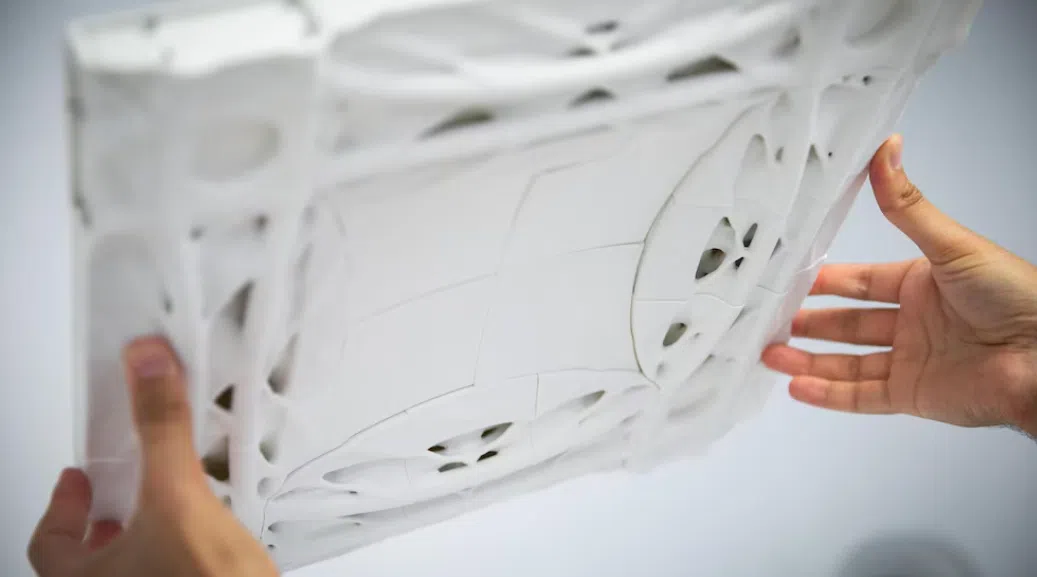
Concrete that captures carbon and strengthens the environment: Sustainable innovation for the construction of the future.
How did your country report this? Share your view in the comments.
Diverging Reports Breakdown
Concrete that captures carbon and strengthens the environment: Sustainable innovation for the construction of the future.
A team of researchers has developed a concrete that can absorb up to 142% more carbon dioxide than conventional mixes. The secret lies in the incorporation of diatomaceous earth, a highly porous natural component that, combined with a nature-inspired geometric design, enhances carbon capture and reduces raw material consumption. The use of 3D printing allows for refining structural shapes and minimizing cement usage, improving the material’s energy efficiency and ecological balance. The development addresses the concern about the carbon footprint of concrete, which accounts for about 9% of global emissions. The goal is to expand the applications of sustainable concrete and deepen its positive impact on emission reduction.
This development addresses the concern about the carbon footprint of concrete, which accounts for about 9% of global emissions. The idea is simple yet powerful: transform this essential material into an ally against climate change without sacrificing strength or functionality.
The secret lies in the incorporation of diatomaceous earth, a highly porous natural component that, combined with a nature-inspired geometric design, enhances carbon capture and reduces raw material consumption.
Moreover, the use of 3D printing allows for refining structural shapes and minimizing cement usage, improving the material’s energy efficiency and ecological balance.
Benefits of Sustainable Construction Materials
Sustainable construction materials like this new concrete offer multiple advantages. By using natural or recycled components, they reduce resource extraction and greenhouse gas emissions associated with their production.
Their optimized design allows for better thermal and structural efficiency, resulting in lower energy use for heating or reinforcements. They also promote a circular economy by integrating industrial waste or natural materials into their formulation.
Additionally, some sustainable materials exhibit unique properties such as air purification capabilities, carbon storage, or better resilience to extreme weather conditions, contributing to both environmental care and the comfort of constructed spaces.
Smart Concrete and Its Ecological Applications
The new concrete developed in Pennsylvania goes beyond its structural properties. Its ability to absorb carbon dioxide not only enhances its strength but also opens up new possibilities for its use in ecological restoration projects.
Thanks to its porosity and structural design, this material can be used in artificial reefs, platforms for marine cultivation, or aquatic habitat enhancement systems. Its texture promotes the attachment of marine organisms, contributing to ecosystem regeneration and natural water filtration.
Furthermore, its potential for architectural applications in facades, panels, and load-bearing structures represents an opportunity to integrate sustainability into urban and building projects without compromising construction quality.
Perspectives and Future of Ecological Construction
The University of Pennsylvania team plans to continue researching new formulations that eliminate conventional cement and explore the incorporation of industrial waste as active binders.
The goal is to expand the applications of sustainable concrete and deepen its positive impact on emission reduction. Future research also aims to create ecological macrostructures, enhance energy efficiency, and boost large-scale carbon capture.
This advancement demonstrates that technological innovation can transform the construction industry into a sector committed to environmental protection. Interdisciplinary collaboration and the pursuit of sustainable solutions are key to addressing the challenges of climate change in architecture and engineering.
